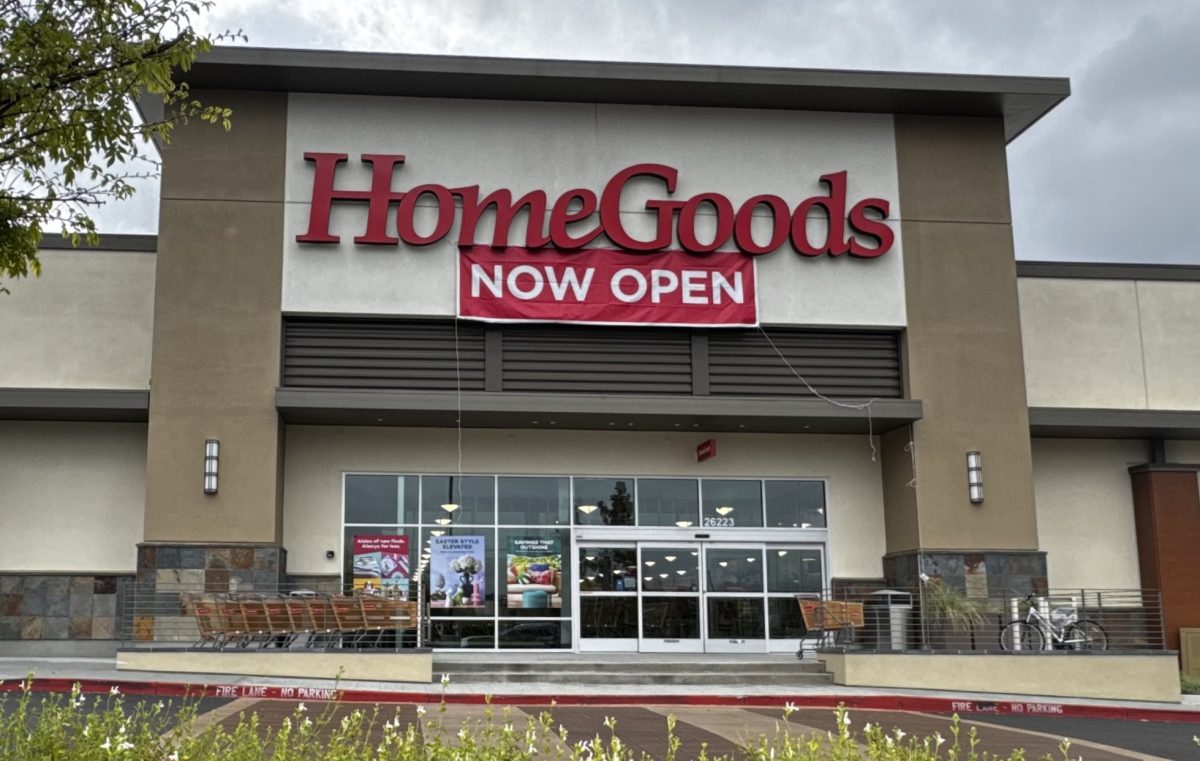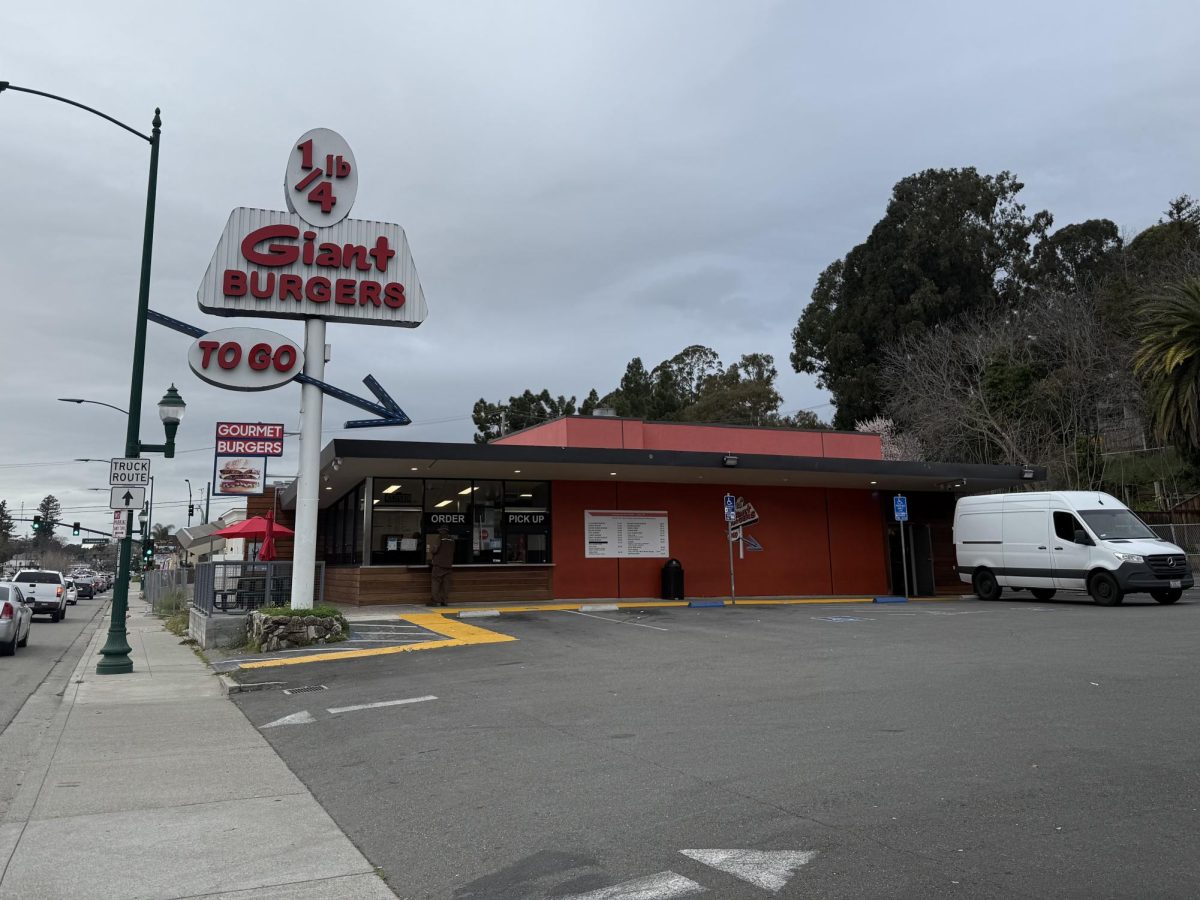Every day, dozens of young consumers visit off-price department discount stores such as TJ Maxx and HomeGoods, in hopes of finding name-brand discounted goods. It is part of a growing trend among Gen-Z consumers to shop at discounted department stores, driven by economic factors impacting the entire United States.
With the decline of giant department store corporations like Sears and Macy’s, along with persistent inflation at full-price stores, young consumers are now turning to off-price department stores to get the most value for their money. This shift is further popularizing shopping at discounted department stores.
“I love shopping at stores like TJ Maxx and Marshalls, they always have cute items that are cheap that would be more expensive at other stores,” Jessica Morales, a young frequent shopper at discount department stores, said in an interview.
As a result, discount department stores are experiencing a surge in popularity, particularly among Gen-Z, who are more price-conscious than previous generations. The rise in discount department stores stems from two main factors: inflation and changing consumer trends. These two factors are responsible for the popularity of off-price retailers.
As the cost of living skyrockets, prices for everyday items soar due to inflation, leaving young consumers increasingly budget-conscious and seeking ways to stretch their dollars. The shift in spending habits has made discount department stores an attractive option, offering name-brand goods at lower prices. Additionally, off-price retailers offer trending styles to young consumers, meeting the demand for affordable shopping options while staying on top of current fashion trends without compromising on style.
“Young people need to look cool despite being broke…[off-price retailers] provide high-end brands and high-end retail with an opportunity for higher capital turnover by clearing shelf space but also serve as a ‘gateway drug’ for young consumers to experience high-end brands,” Ivan Fedorenko, an assistant professor of marketing at Cal State East Bay, said in an interview.
The business model behind off-price retailers is designed to introduce young consumers to consumerism, help them navigate it within their budget, and foster brand loyalty to the name brands they encounter while shopping.
“The idea is that after trying and wearing those brands for a while, young people grow affectionate and loyal to them, so they would be willing to buy those brands at full price later in their life” Fedorenko states. The intentions behind discount department stores are tailored to a younger audience while also addressing the demands of today’s ever-changing society.
Off-price retailers effectively capitalize on the purchasing behaviors of young consumers. As society continues to evolve, such business strategies demonstrate an adaptive approach that ensures brand relevance and connectedness, making discount department stores a key cornerstone of the retail landscape.




















